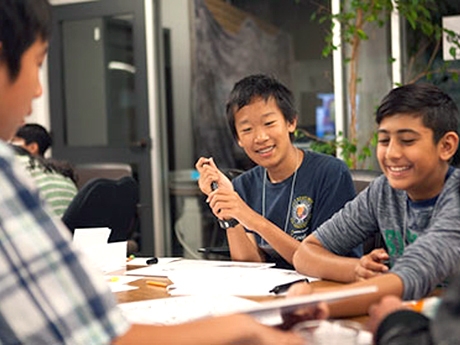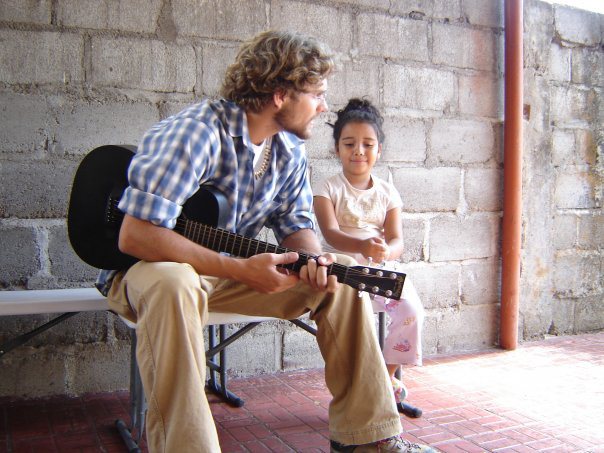There are a variety of updates I want to address in this post, some of which you may find more interesting than others. In no particular order:
- The World Bank has stated that extreme global poverty rates should decrease for the first time to less than 10% by the end of 2015. Investments in education is an attributing factor to this good news. However, there is still a long way to go before the World Bank reaches their goal of ending poverty by 2030.
- Project Explorer reports that:
-98% of students are curious about other cultures
-98% of students claim that understanding history and world events is important to global problem solving
-90% of students wish their classes had a more global approachHowever, only
-23% can identify the three most populated countries in the world
-12% report that their teachers incorporate a global perspective in their lessonsNevertheless, this is good news to me. It means improvement upon the latter statistics is desired by our students and worth working towards. To do so, teachers need more and better resources to help them educate their students for the global workforce. That is where sites like Project Explorer and other cultural education resources come in to play. Project Explorer offers lesson plans for teachers and student-friendly educational material on various countries around the world.If you like statistics and data like me, check out how Project Explorer explains America’s current state of global education through pretty infographics here.
Have your students take this quiz to see how much they know (or if they’re like me, don’t know) about the world. I’ve yet to see anyone get a 100%!
- I begin my student teaching in less than two weeks. I am a confusing mix of terrified, excited, nervous, eager, and apprehensive. There is also a sense of dread because this is the end of my college career as I know it. This is what I have been working toward for years and I should be eagerly counting down the days until this culminating experience, but instead I seem to be fearful of losing what I am familiar with and successful at: college. But change is natural; change is good. Once I start my student teaching in a mere 13 days, this uncertainty will pass. I’ll be too preoccupied with teaching and learning how to teach to dwell on mixed feelings. Now, let’s hope I don’t mess up 8th grade algebra and geometry too badly!
- Currently, I have no idea where on this great Earth I will be teaching next semester, and I am way too calm about it. Something about not even knowing what country I will be in makes it seem unreal or at least a loooong way down the road. In reality, it’s less than three months away. Despite turning in my student teaching abroad application in March, the student teaching office still does not have my placement for my 16 week session starting in January. Other students have been getting their placements over the last few weeks, so it’s possible I could hear good news any day now. In the meantime, we’ll just have to hang in there (I’m looking at you, Mom!), and hope that when I do find out where I’ll be setting off to, I can secure an affordable plane ticket at the last minute. I’ll keep you posted.
I suppose the next time I write, things will have significantly changed. At least things are looking UP!
Until next time.
Kate




